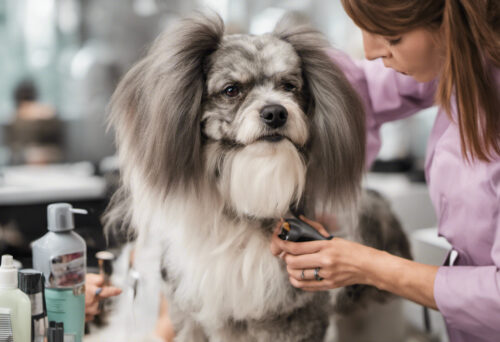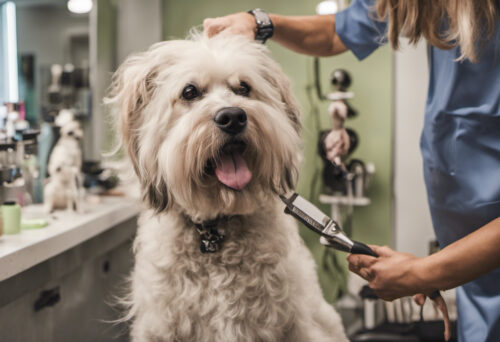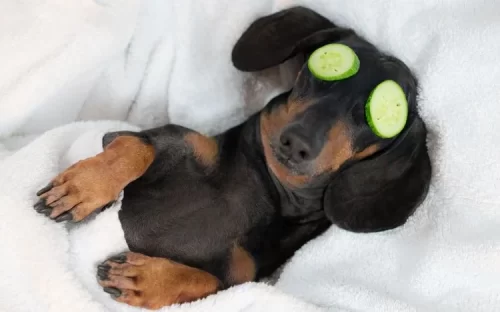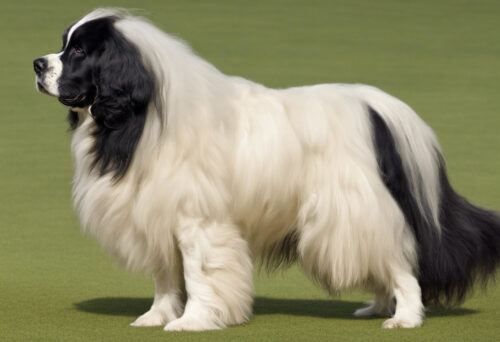Spoiling our canine companions with regular grooming sessions is key to their health and happiness. However, grooming appointments can sometimes be daunting for our pets. So, how do we switch grooming from ‘scary’ to ‘exciting’ from your dog’s perspective? Well, we’re about to reveal a comprehensive guide to preparing your dog for appointments that will help make their grooming experience enjoyable, effective, and something they can actually look forward to.
Understanding the Importance of Dog Grooming
Before we dive into how to prepare your dog for grooming appointments, let’s first shed some light on its significance. Grooming is not just about aesthetic appeal; it’s a crucial part of your dog’s overall health and well-being. Regular grooming can help prevent problems like excessive shedding, tick infestations, and skin infections. It can also be an opportunity to catch any unusual signs, such as lumps or skin discoloration, that may indicate a health concern.
Scheduling Grooming Appointments
Conventional wisdom dictates regular grooming schedules depending on your dog’s breed, size, and hair length. For instance, breeds with longer hair may require monthly appointments, while those with shorter coats can go for a couple of months before needing a grooming session.
Creating a Positive Association
Train with Treats
The most effective way to prepare your dog for grooming is by creating a positive association with the process. Make use of treats, praise, and play to make grooming sessions something your dog becomes excited for, instead of apprehensive about. Start small by rewarding them for being calm during simple tasks like brushing, and gradually move on to more complex activities like clipping nails or bathing.
Desensitization and Counter Conditioning
These are psychological techniques used to change your dog’s reaction towards something they fear or dislike. For grooming, desensitization involves gradually introducing your dog to grooming tools and procedures. Counter conditioning, on the other hand, involves associating the feared object or situation with something pleasant. This can be done by giving them their favourite treat while introducing them to grooming tools. Consult a professional dog trainer or a behaviorist for detailed guidance on how to apply these techniques.

Starting Early
Just like training a puppy to sit or stay, you should start grooming them from a young age. The younger a dog is, the easier they adapt to new experiences. Begin by gently handling their paws and ears, and brushing their coat occasionally. Find age-appropriate puppy grooming guides online to help you with this.
Use Pet-Friendly Grooming Products
Dogs have different skin pH levels compared to humans, so it’s crucial that you use products specifically designed for them. Regular human shampoos might cause irritations and allergies. Do your research or ask a professional groomer for advice on pet-friendly grooming products that suit your dog’s coat type.
Before the Appointment
The night before the grooming session, make sure your dog gets plenty of exercises – like a long walk or a romp in the park. An exhausted dog is more likely to be relaxed the next day. Also, feed them a few hours before the appointment to prevent nausea or upset stomachs from anxiety.
Build Familiarity with the Grooming Salon
If possible, take your dog to the grooming salon a few times before the actual appointment. Let them sniff around, meet the groomer, and experience the environment. The groomer can also give them a few treats to create a positive first impression. You can find more tips on how to do this on the Banfield Pet Hospital’s webpage.
During the Grooming Session
During the grooming session, remain positive and calm. Dogs are perceptive creatures; they can pick up on our feelings, which can affect their behaviors. So, reassurances and calm, soothing voices can help make the process less stressful for your furry friend.
After-Grooming Rewards
After each grooming session, give your dog a reward, such as their favorite treat, extra playtime, or a new toy. This serves as an incentive that will make them look forward to their next grooming appointment.
Don’t Forget Veterinary Visits
Lastly, regular check-ups with a veterinarian are just as important. Vets can often detect issues during physical exams that you or your groomer might miss. So, think of grooming sessions as a supplement to, rather than a replacement for, veterinary care.
With these tips, you’ll be set to help your dog ease into their grooming appointments and enjoy a happy, healthy life.

Starting Early
Just like training a puppy to sit or stay, you should start grooming them from a young age. The younger a dog is, the easier they adapt to new experiences. Begin by gently handling their paws and ears, and brushing their coat occasionally. Find age-appropriate puppy grooming guides online to help you with this.
Use Pet-Friendly Grooming Products
Dogs have different skin pH levels compared to humans, so it’s crucial that you use products specifically designed for them. Regular human shampoos might cause irritations and allergies. Do your research or ask a professional groomer for advice on pet-friendly grooming products that suit your dog’s coat type.
Before the Appointment
The night before the grooming session, make sure your dog gets plenty of exercises – like a long walk or a romp in the park. An exhausted dog is more likely to be relaxed the next day. Also, feed them a few hours before the appointment to prevent nausea or upset stomachs from anxiety.
Build Familiarity with the Grooming Salon
If possible, take your dog to the grooming salon a few times before the actual appointment. Let them sniff around, meet the groomer, and experience the environment. The groomer can also give them a few treats to create a positive first impression. You can find more tips on how to do this on the Banfield Pet Hospital’s webpage.
During the Grooming Session
During the grooming session, remain positive and calm. Dogs are perceptive creatures; they can pick up on our feelings, which can affect their behaviors. So, reassurances and calm, soothing voices can help make the process less stressful for your furry friend.
After-Grooming Rewards
After each grooming session, give your dog a reward, such as their favorite treat, extra playtime, or a new toy. This serves as an incentive that will make them look forward to their next grooming appointment.
Don’t Forget Veterinary Visits
Lastly, regular check-ups with a veterinarian are just as important. Vets can often detect issues during physical exams that you or your groomer might miss. So, think of grooming sessions as a supplement to, rather than a replacement for, veterinary care.
With these tips, you’ll be set to help your dog ease into their grooming appointments and enjoy a happy, healthy life.



